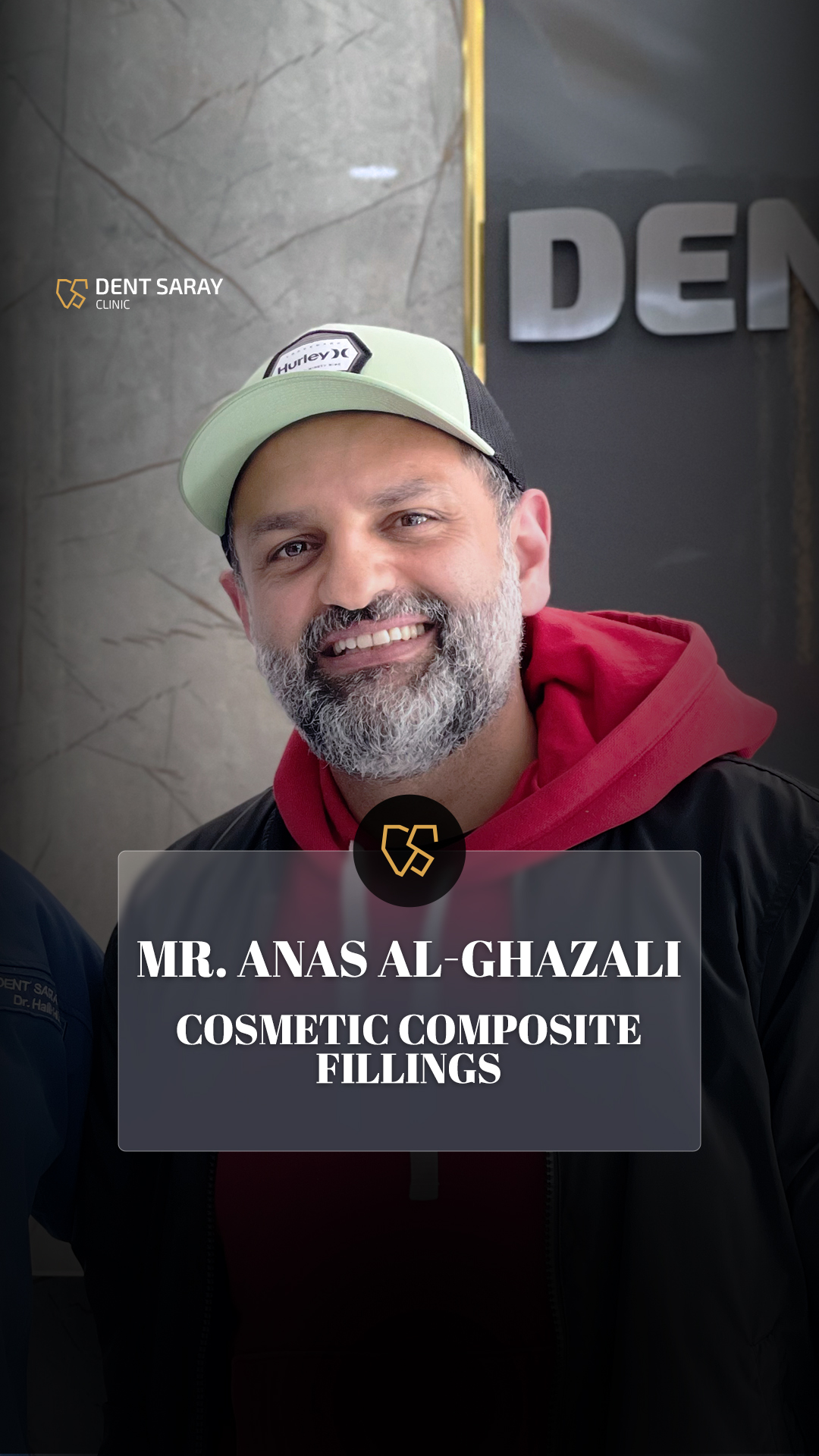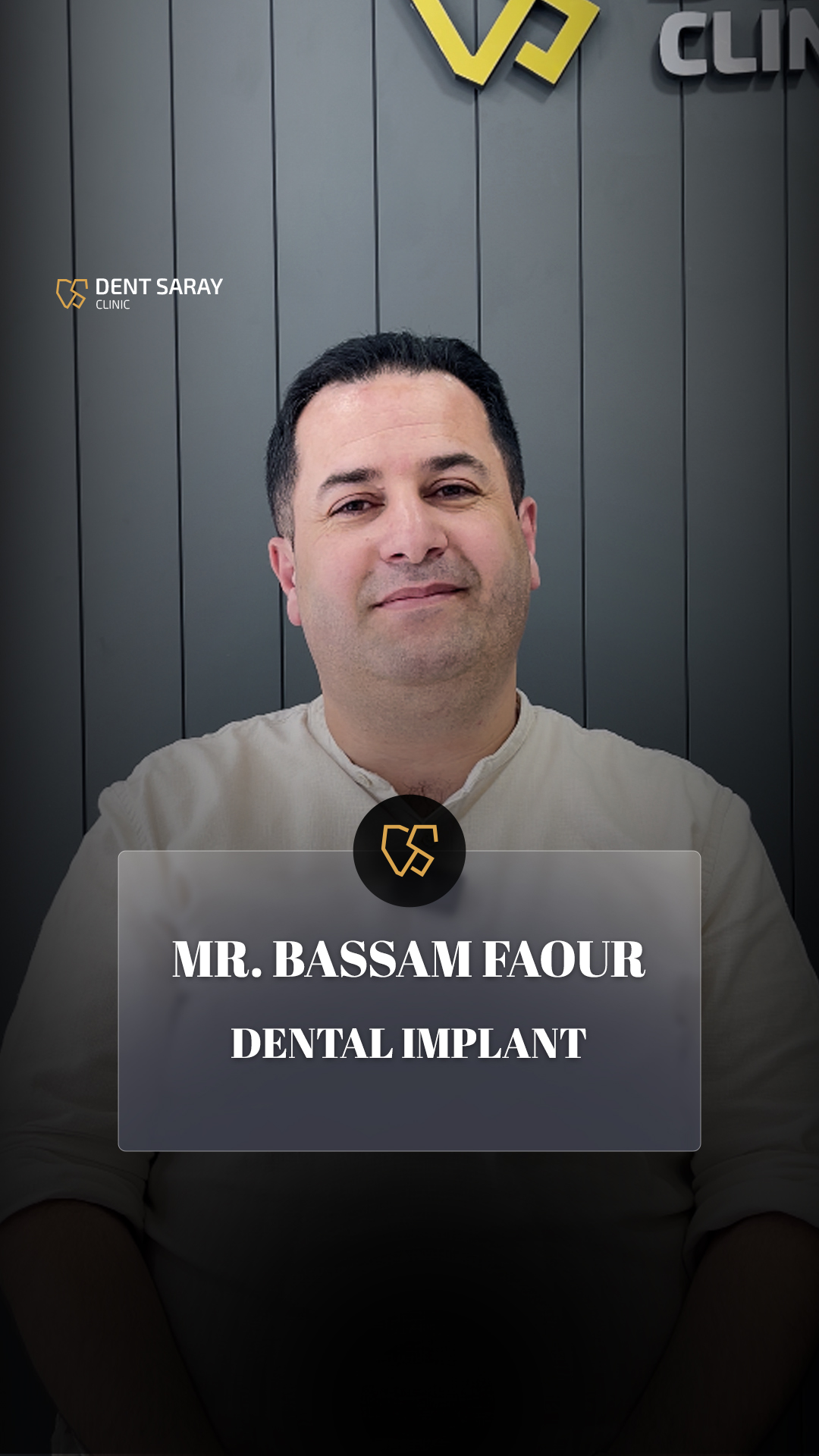Regular check-ups, avoid strong sedatives before visits, start with minor treatments, and inform your dentist about your fears.
Brush twice daily, regular dental visits, use fluoride mouthwash, reduce sugar intake, and consider fluoride treatments or sealants.
Most toothpastes have fluoride; proper brushing technique and a soft-bristle brush are crucial. For sensitive teeth, use Sensodyne.
Yes, to prevent jawbone erosion and misalignment of adjacent teeth.
Consult a dentist before using whitening products to avoid damaging enamel. Professional whitening is recommended.
Receding gums, enamel erosion, cracked teeth, and frequent whitening.
Gum disease, tongue fissures, tooth decay, or other health conditions like diabetes or kidney disease.
Yes, it cleans areas between teeth that brushing misses.
Regularly every 6 months to 2 years, or when experiencing pain or changes in gums or teeth.
Fillings placed in tooth grooves to prevent cavities without drilling or anesthesia.
Yes, they reduce blood flow to gums, cause gum disease, bad breath, staining, and increase oral cancer risk.
Mild pain is normal for a week. Severe pain should be checked by the dentist.
Caused by initial cavities. If decay reaches dentin, cold water causes pain.
It converts calcium in teeth to fluoride-apatite, which resists decay and acid erosion.
Aesthetic appearance, strength, and longevity.
May cause gum inflammation if not cleaned properly.
Incorrect brushing technique, hard brushes, chronic gum disease, or oral trauma.
A cover for damaged teeth, made of porcelain or zirconium, to restore function and appearance.
Use a soft brush, avoid whitening toothpastes, and brush gently from top to bottom for upper teeth and bottom to top for lower teeth.
Regular dental visits for professional cleaning.
Normal in children up to age 10. In adults, gaps may indicate misalignment and need orthodontic consultation.
Humans have only two sets of teeth; if permanent teeth are lost, they don’t regrow. Rarely, some people may develop extra teeth called supernumerary teeth.



